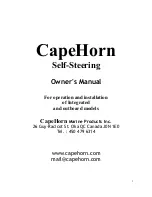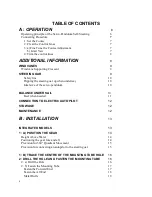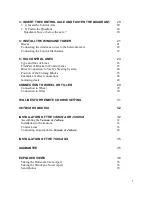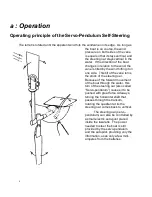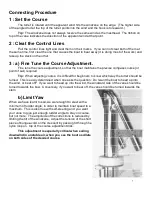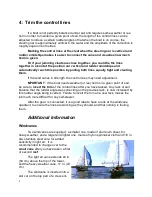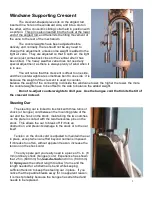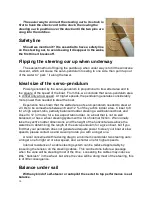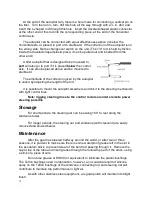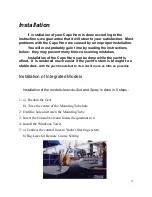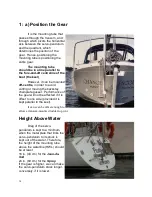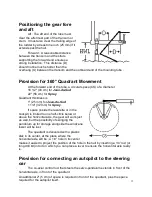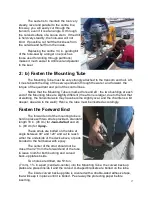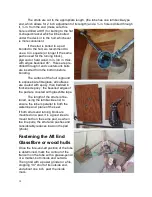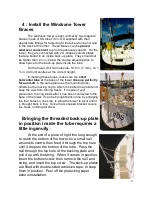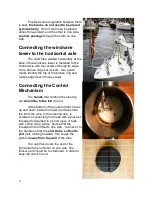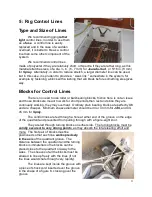
8
4 : Trim the control lines
If a boat is not perfectly balanced under sail and requires some weather or lee
helm in order to maintain a given point of sail, the length of the control lines can be
adjusted to induce a certain rudder angle so that when the boat is on course, the
steering oar is approximately vertical in the water and the amplitude of the correction is
roughly equal on both sides.
Marking the control lines at the cleat when the steering oar is vertical and
rudder amidships makes it easier to connect the vane and visualise how much
helm is given.
Or if your jamming cleats are close together, you could tie the lines
together in a knot at the position oar vertical and rudder amidships and
automatically reach this position by pulling both lines equally tight and cleating
them.
If the wind varies in strength. the control lines may need adjustment.
MPORTANT
: If the boat needs weather (or lee) helm on a given point of sail,
be sure to
invert the trim
of the control lines after you have tacked. Any lack of sail
balance that the rudder angle was correcting on the previous tack, is now increased by
this rudder angle being inverted. Failure to invert the trim on a new tack, makes the
job much more difficult for any self-steerer.
After the gear is connected, it is a good idea to have a look at the windvane
quadrant, to ensure the lines are working as they should, and that nothing is fouling
them.
Additional Information
Windvanes
Two windvanes are supplied : a smaller one, made of aluminum sheet, for
heavy weather, and a larger and lighter one, made of nylon spinnaker cloth and 1/8 in.
dia. stainless steel wire, for added
sensitivity in light air. It is
recommended to change over to the
small vane
after you have taken a first
or second
reef
.
The light air vane extends 24 in.
(60 cm) above the top of the tower,
and the heavy weather vane, 17 in. (43
cm)
The windvane is inserted into a
slot cut on the top part of a crescent-



